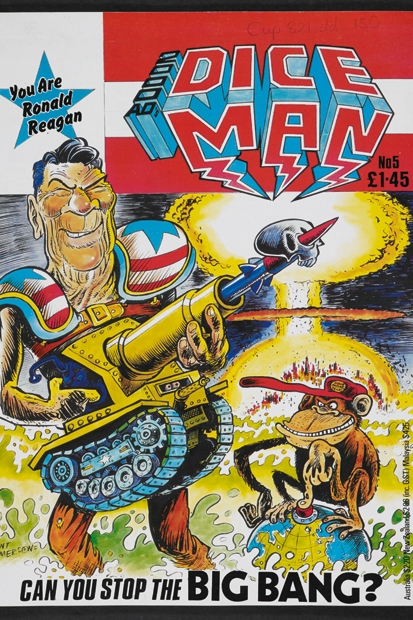Fwoooosh! That, were someone to write a strip about it, would be the sound of a thousand comic books going up in flames. They used to do that, you know; burn comics. It was mostly in America, in the late 1940s, after these DayGlo fictions, with their monsters and superheroes and suggestive curves, were declared bad for children’s health. But it spread to Britain too. Parents and teachers would search drawers and desks. Any comics they found would be gathered in small piles outside. A responsible adult would pull out some matches. And then, like I said: fwoooosh!
Of course, comics are now treated with greater respect. Whether it’s the deluge of superhero movies or the magnificent awards bestowed upon graphic novels such as Dotter of Her Father’s Eyes, this is no longer an ars non grata. It has even got to the point where the British Library is hosting a summer-long exhibition entitled Comics Unmasked. The British Library. Try burning that one down, angry arsonist of Tunbridge Wells.

But the truth is, a little bit of stigma never really hurt comics. In fact, in some ways, it may have helped them along. The catalogue for the British Library exhibition tells the story of a child who was present at one of those book burnings. ‘If people like you are against comics,’ he thought to himself, ‘then I’m definitely for them.’ That child was called Dave Gibbons. When he grew up, he’d draw the art for Alan Moore’s Watchmen, which — as comics people like to point out — was included in TIME magazine’s list of the 100 best novels published since 1923. Some of that art is featured in this exhibition.
As much as anything can be said to typify the varied world of British comics, Gibbons’s can-do-screw-you spirit is it.








Comments
Join the debate for just £1 a month
Be part of the conversation with other Spectator readers by getting your first three months for £3.
UNLOCK ACCESS Just £1 a monthAlready a subscriber? Log in